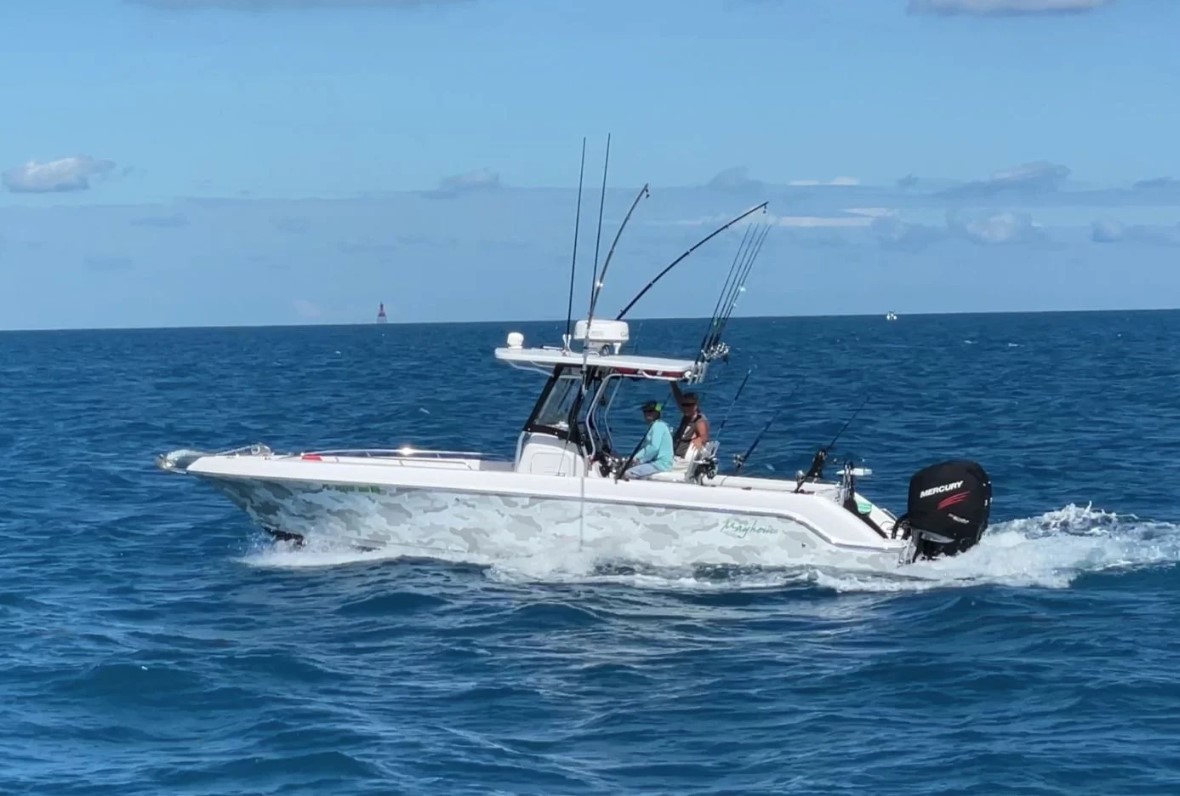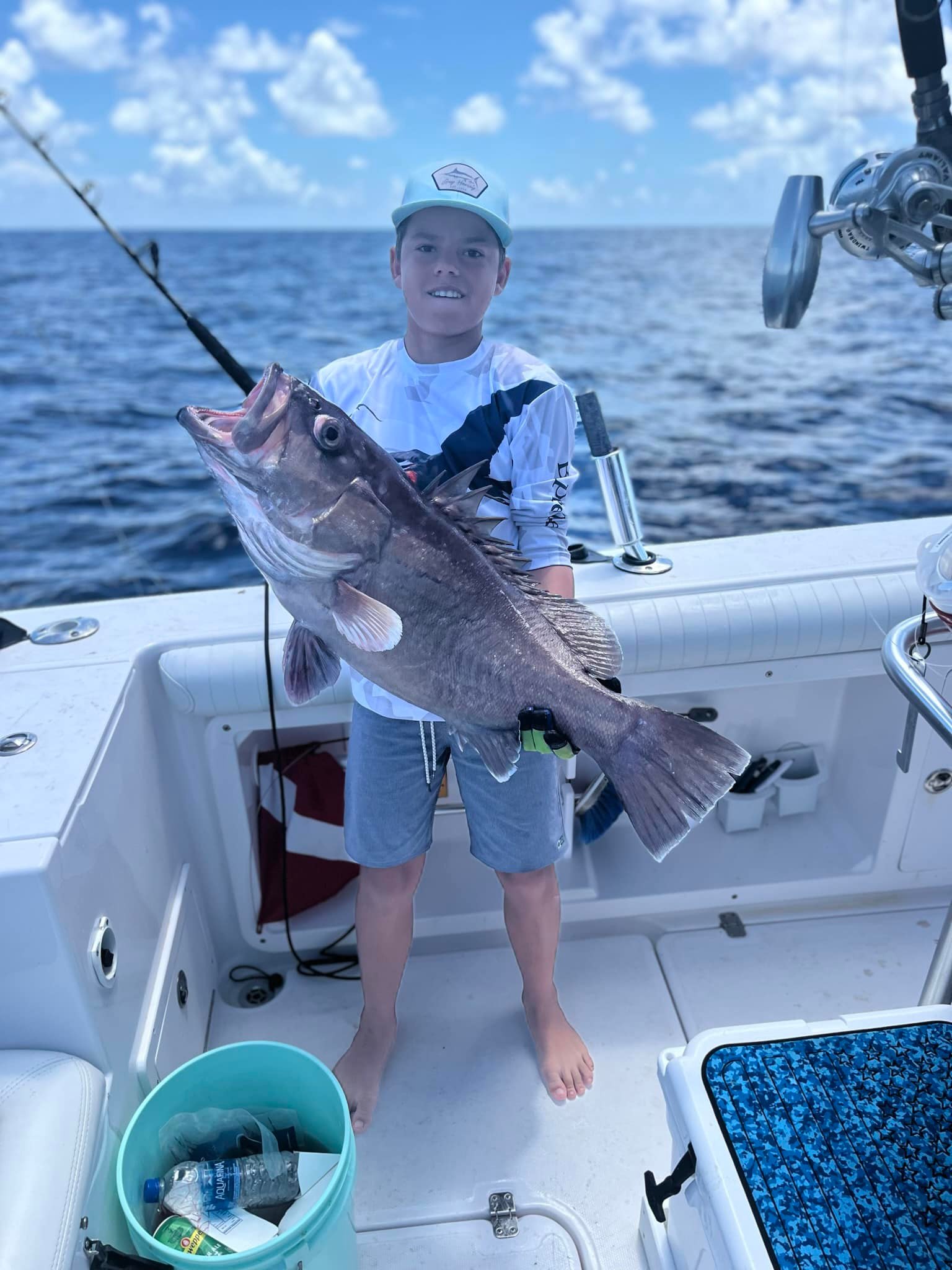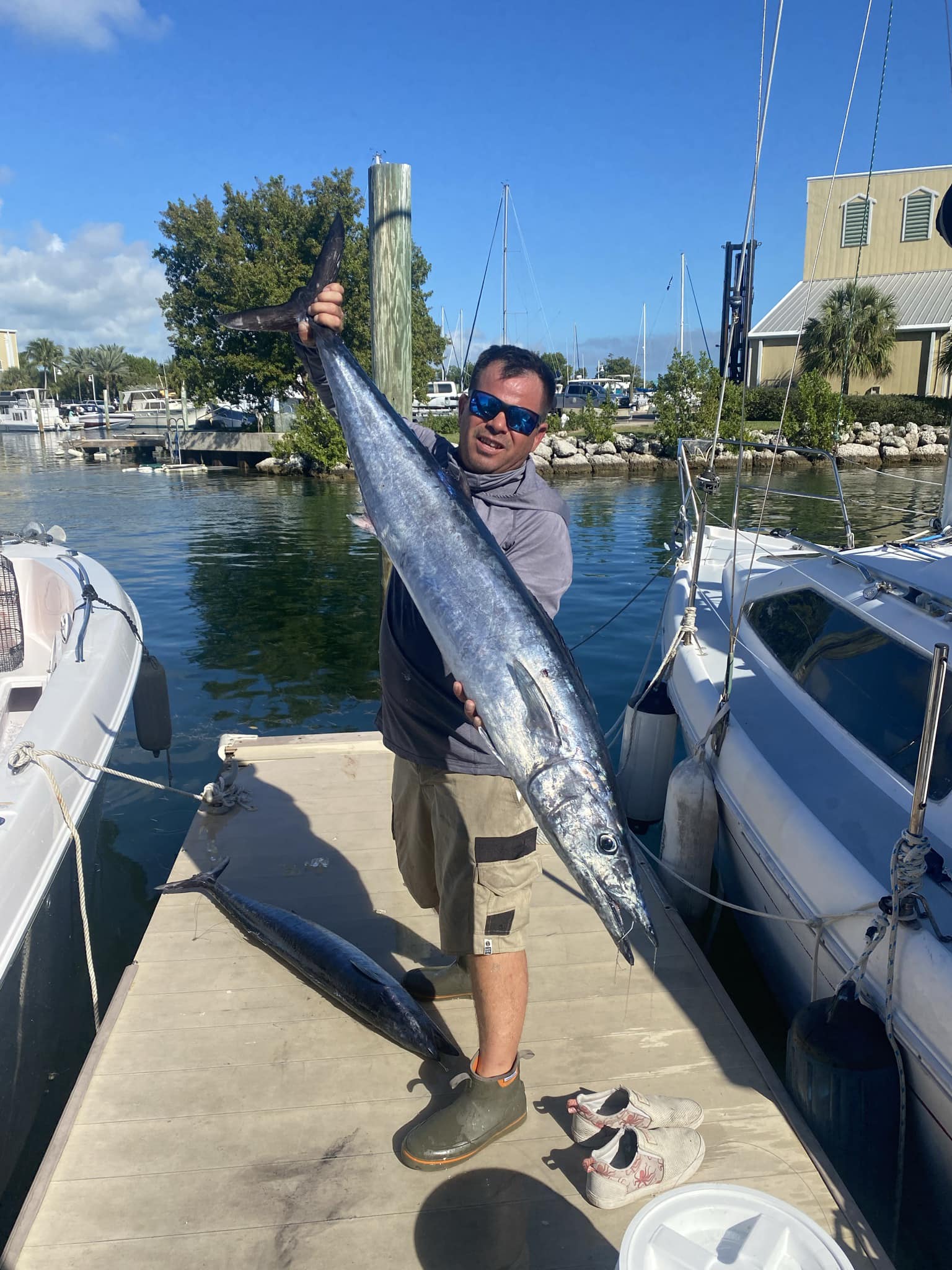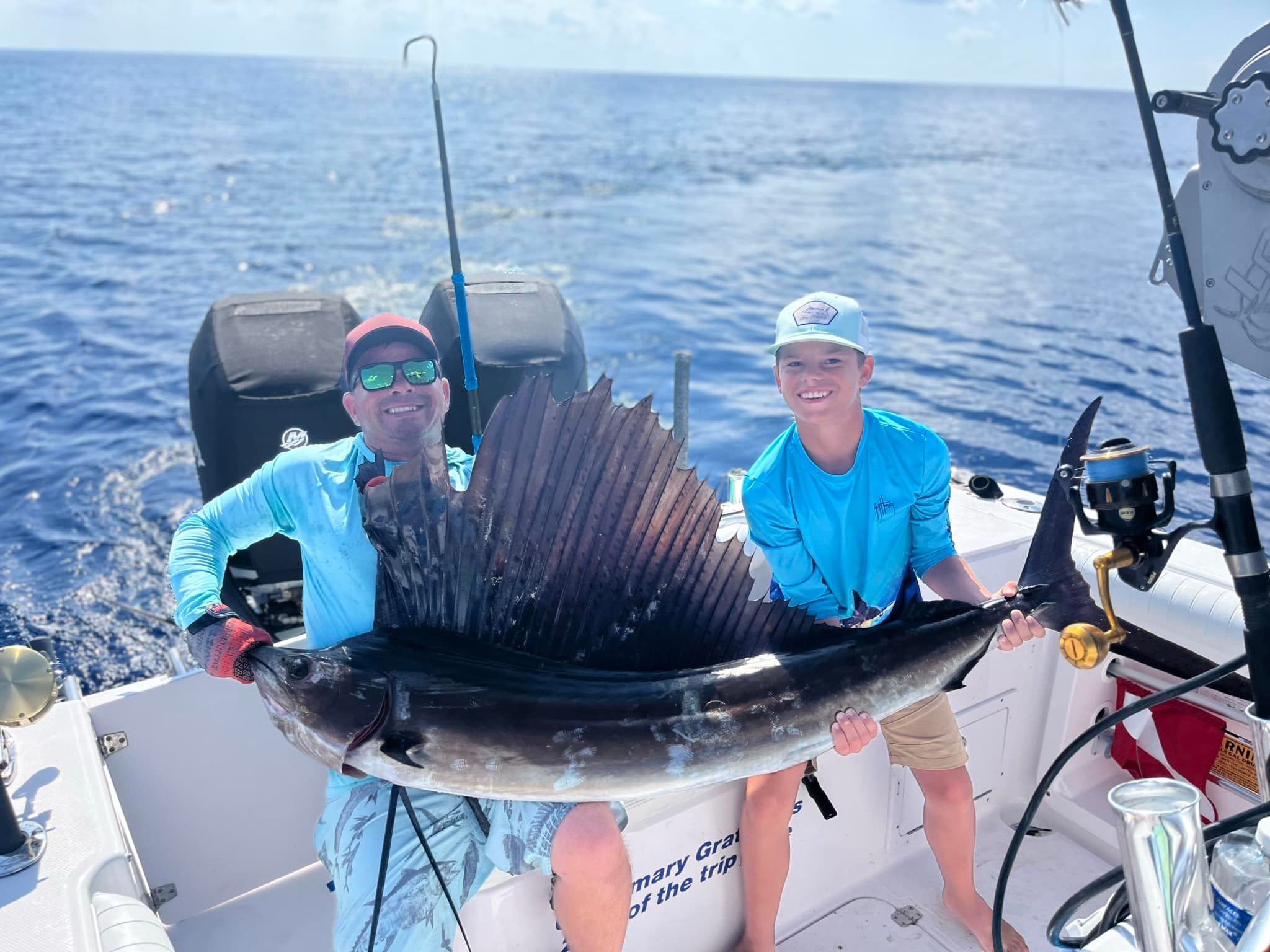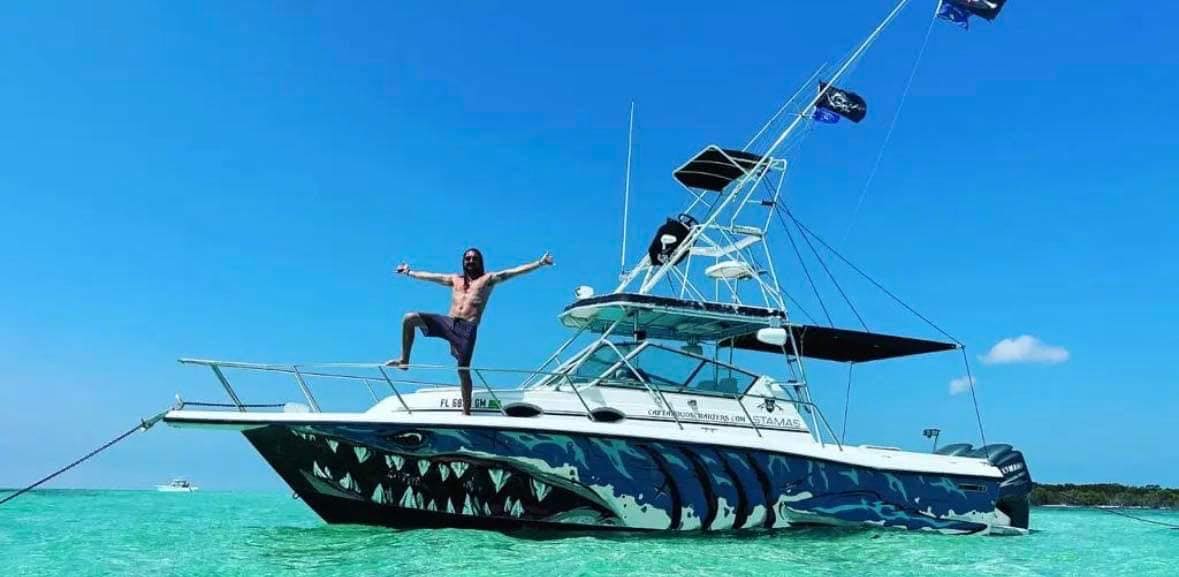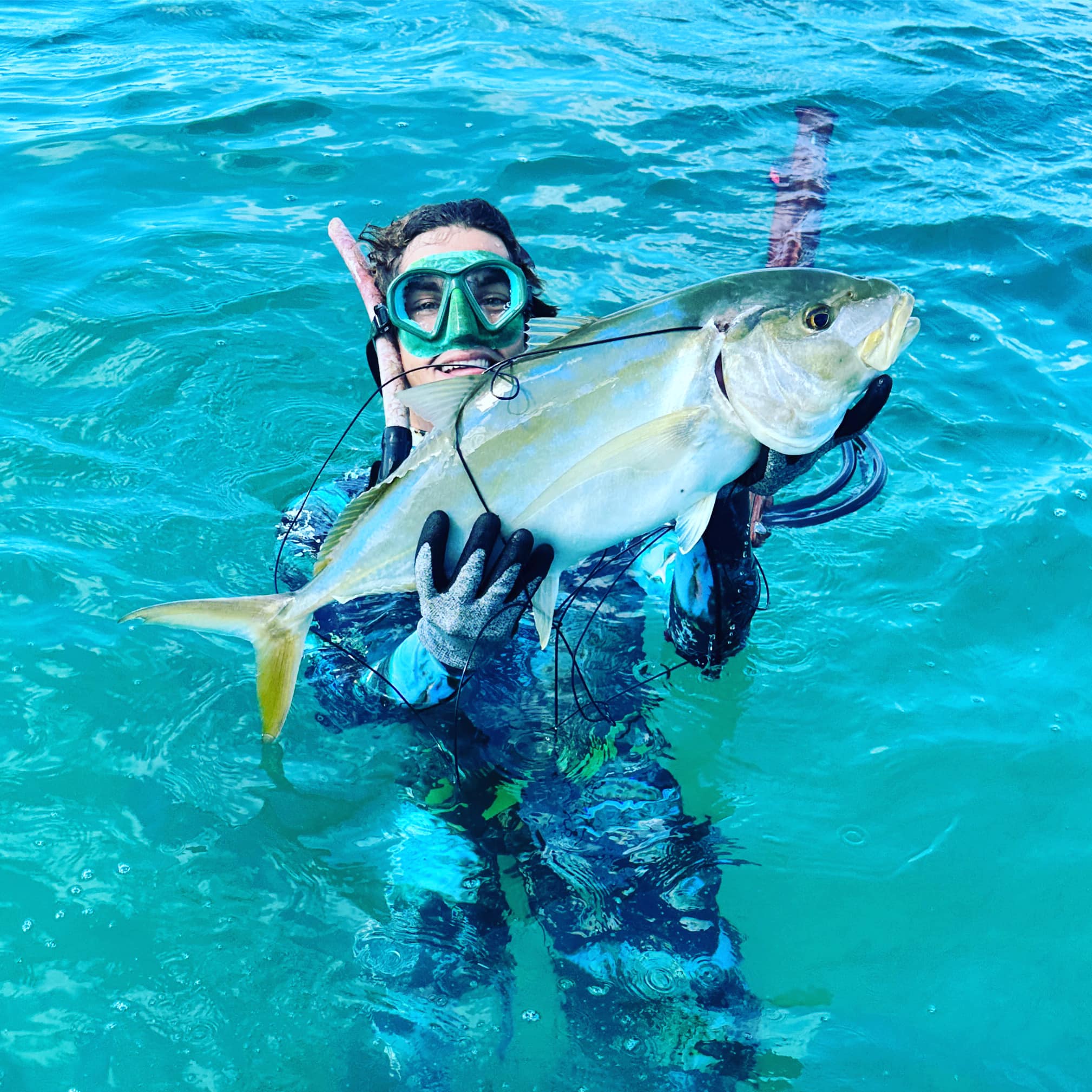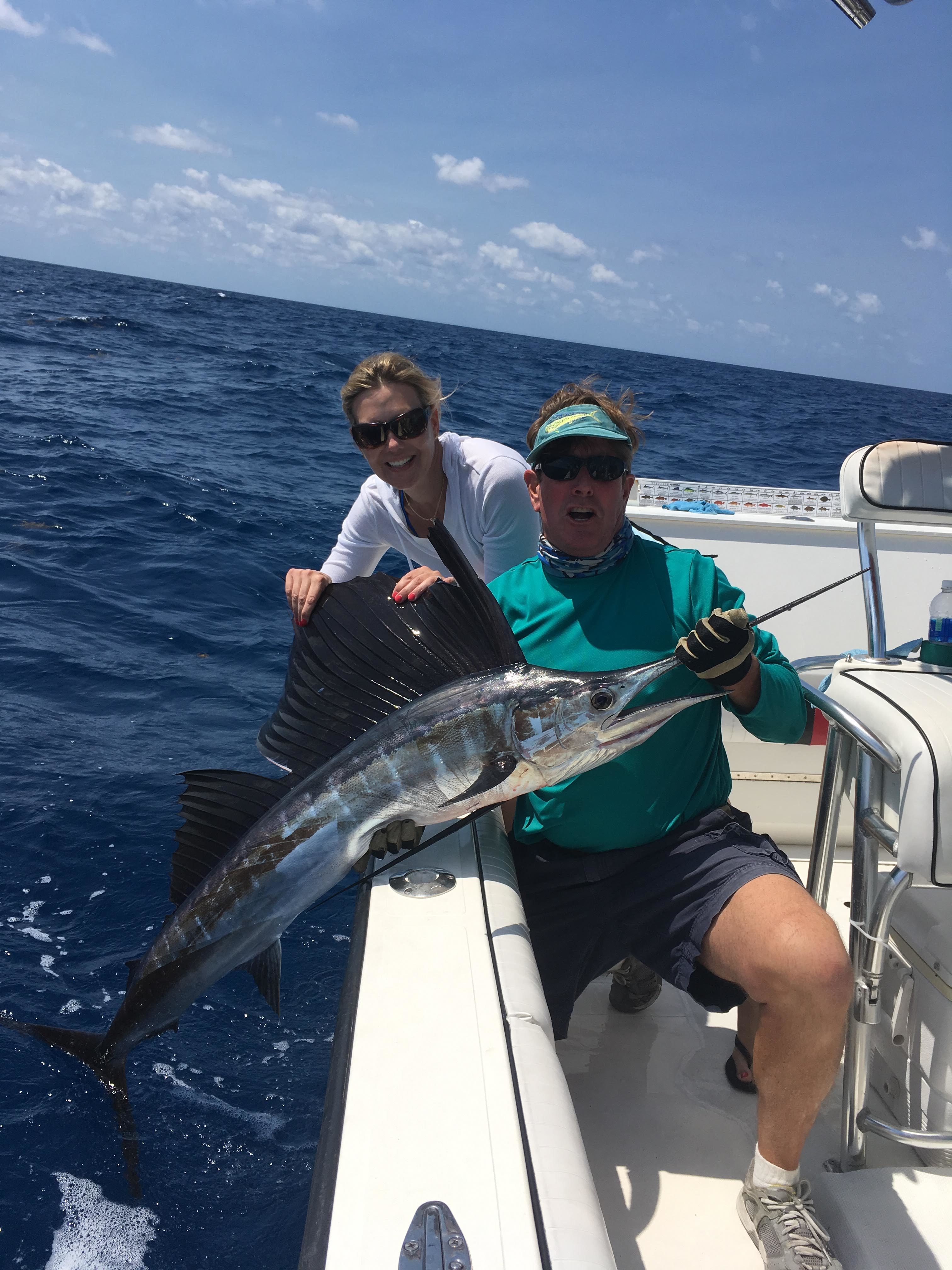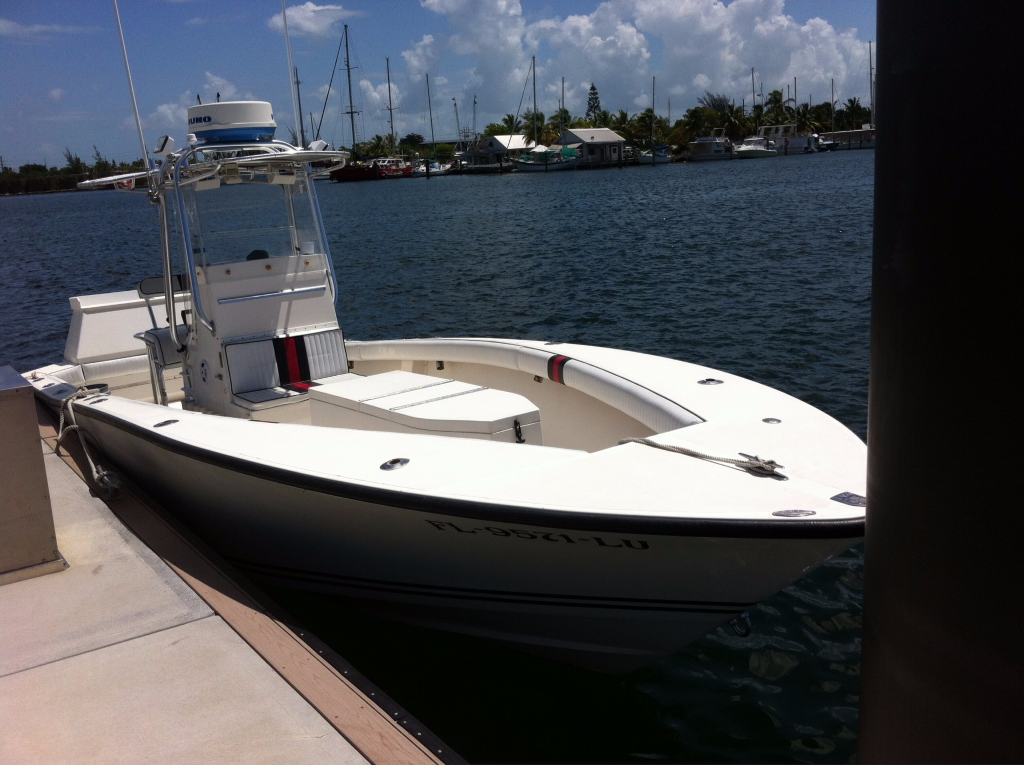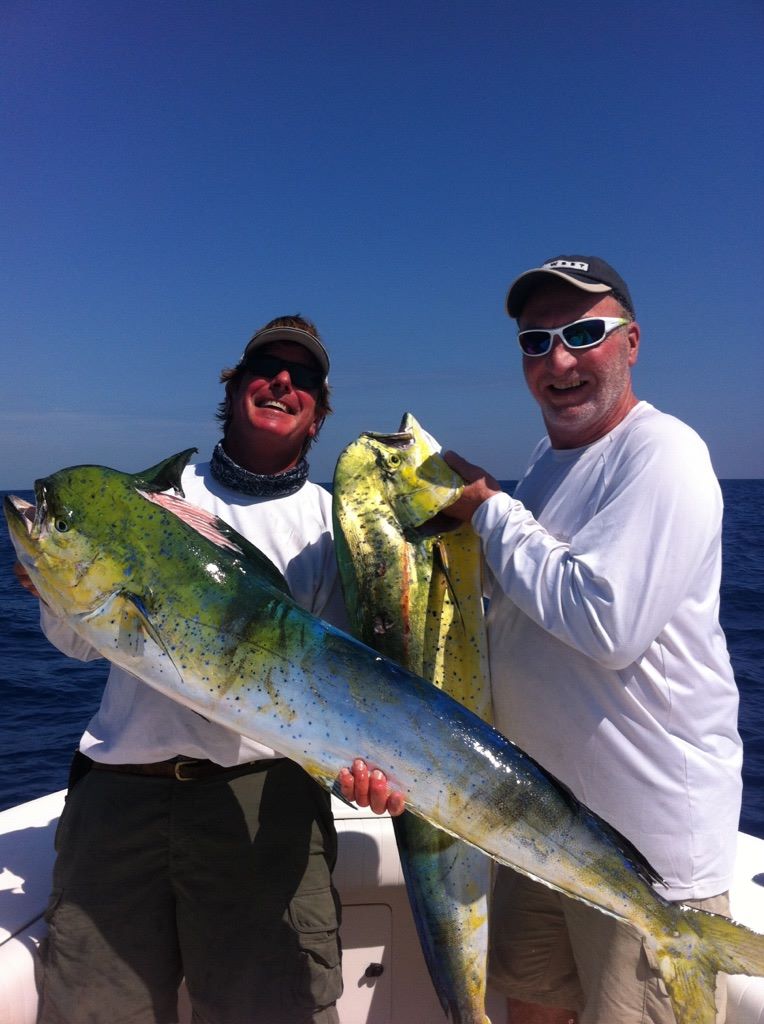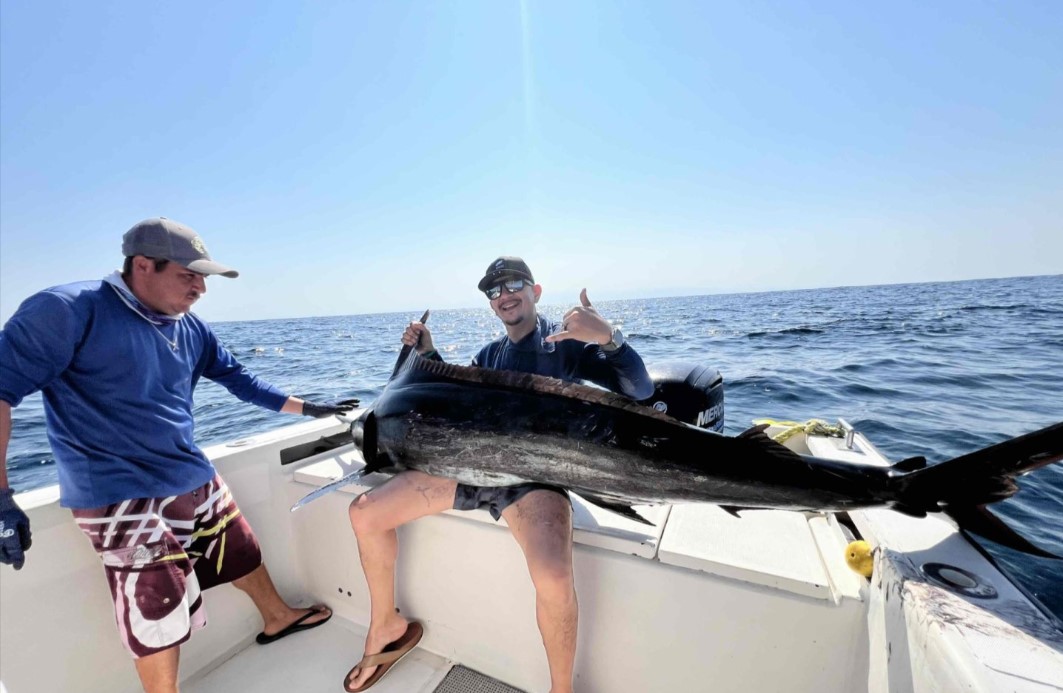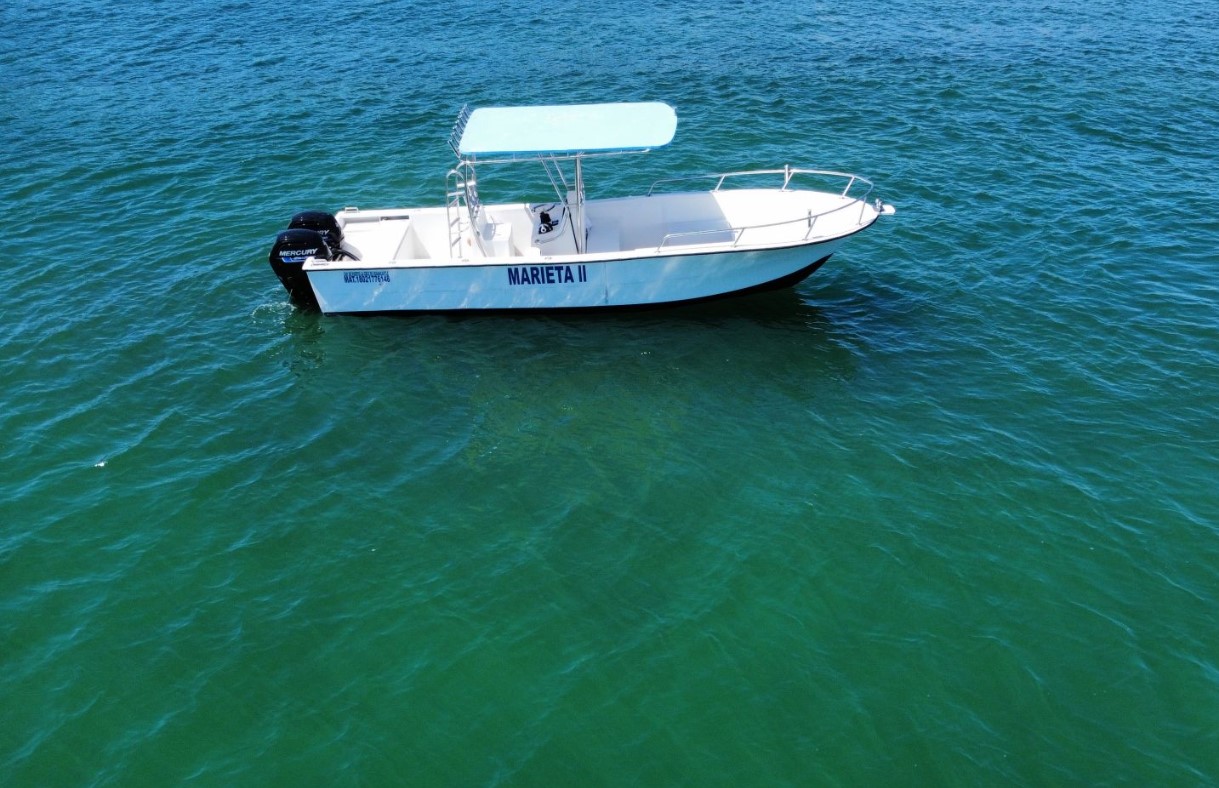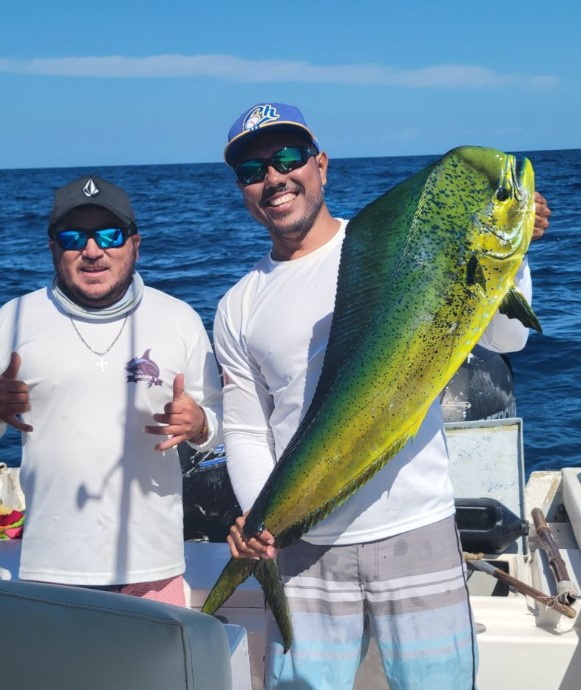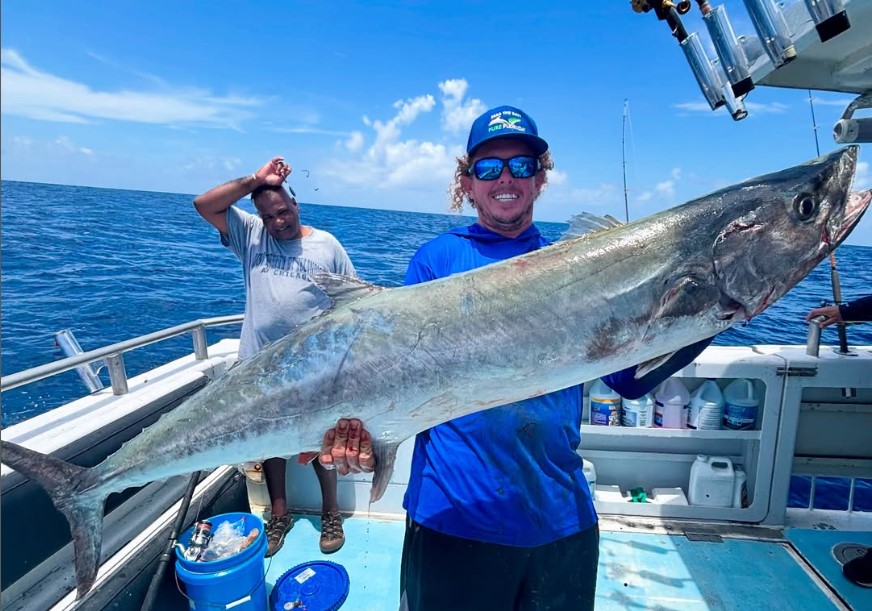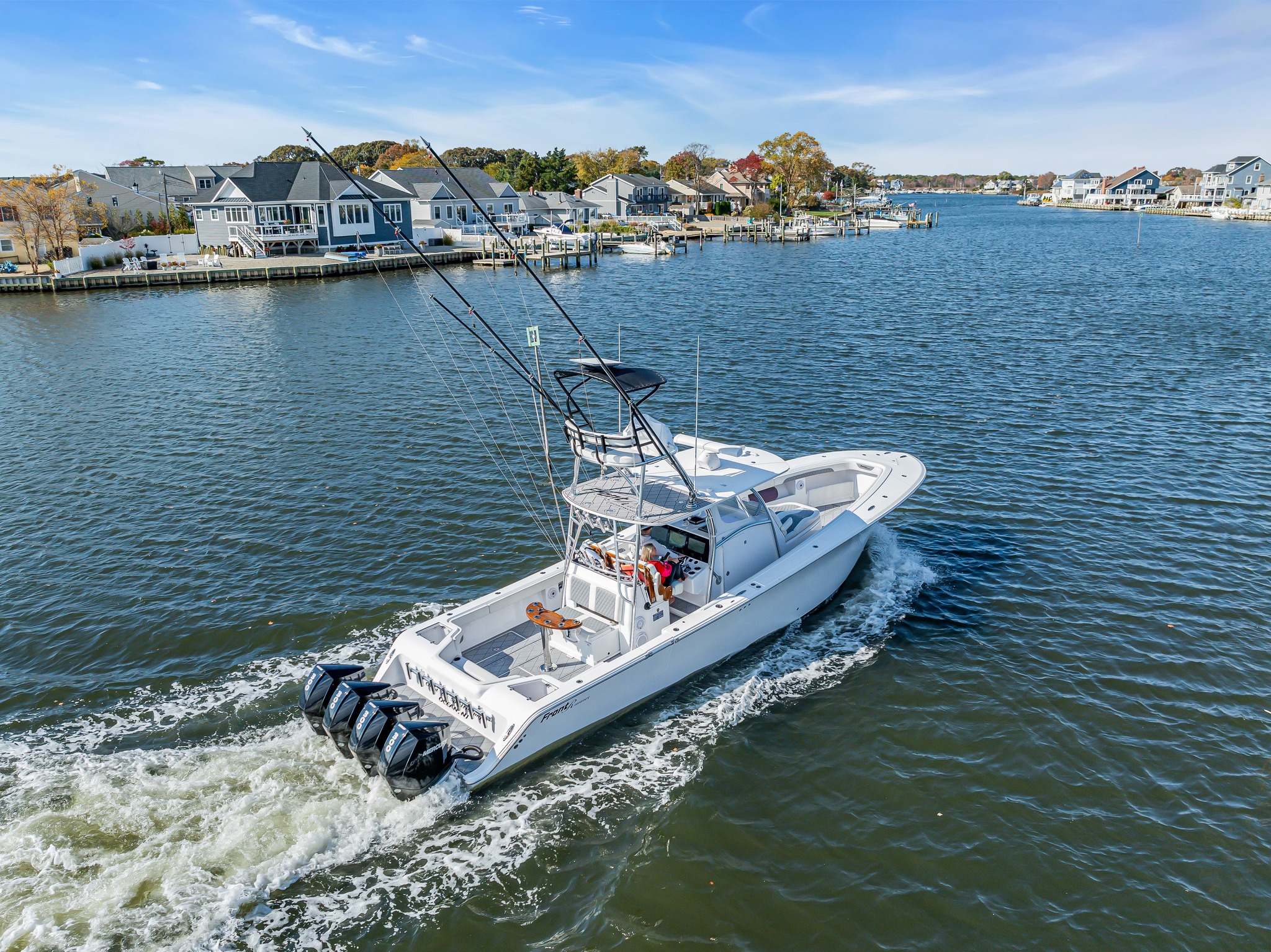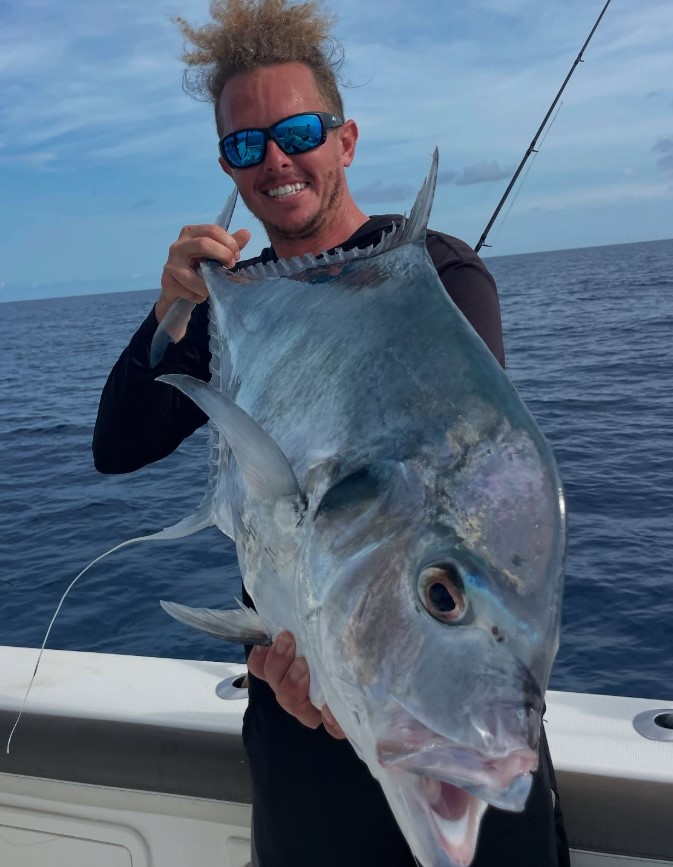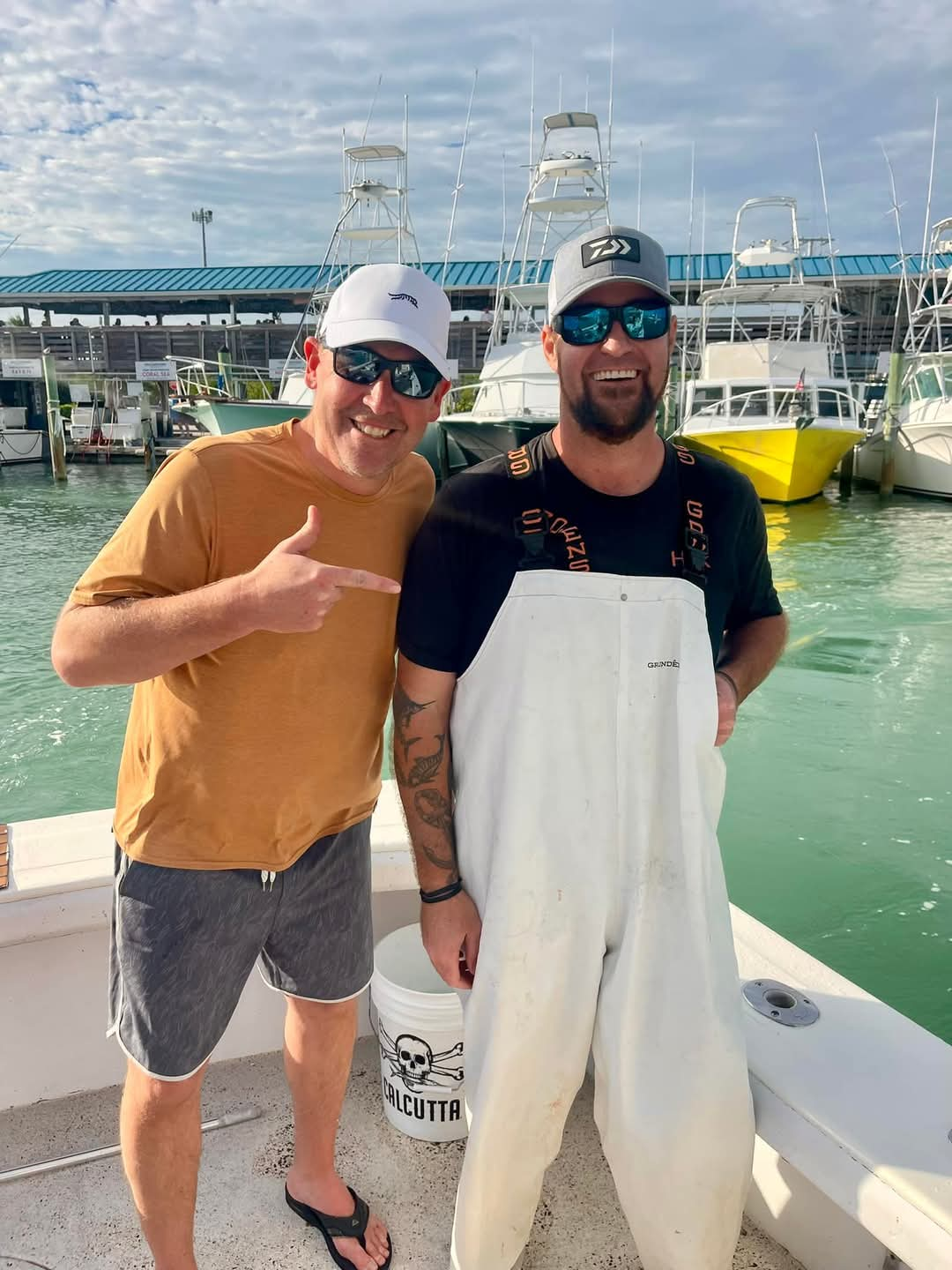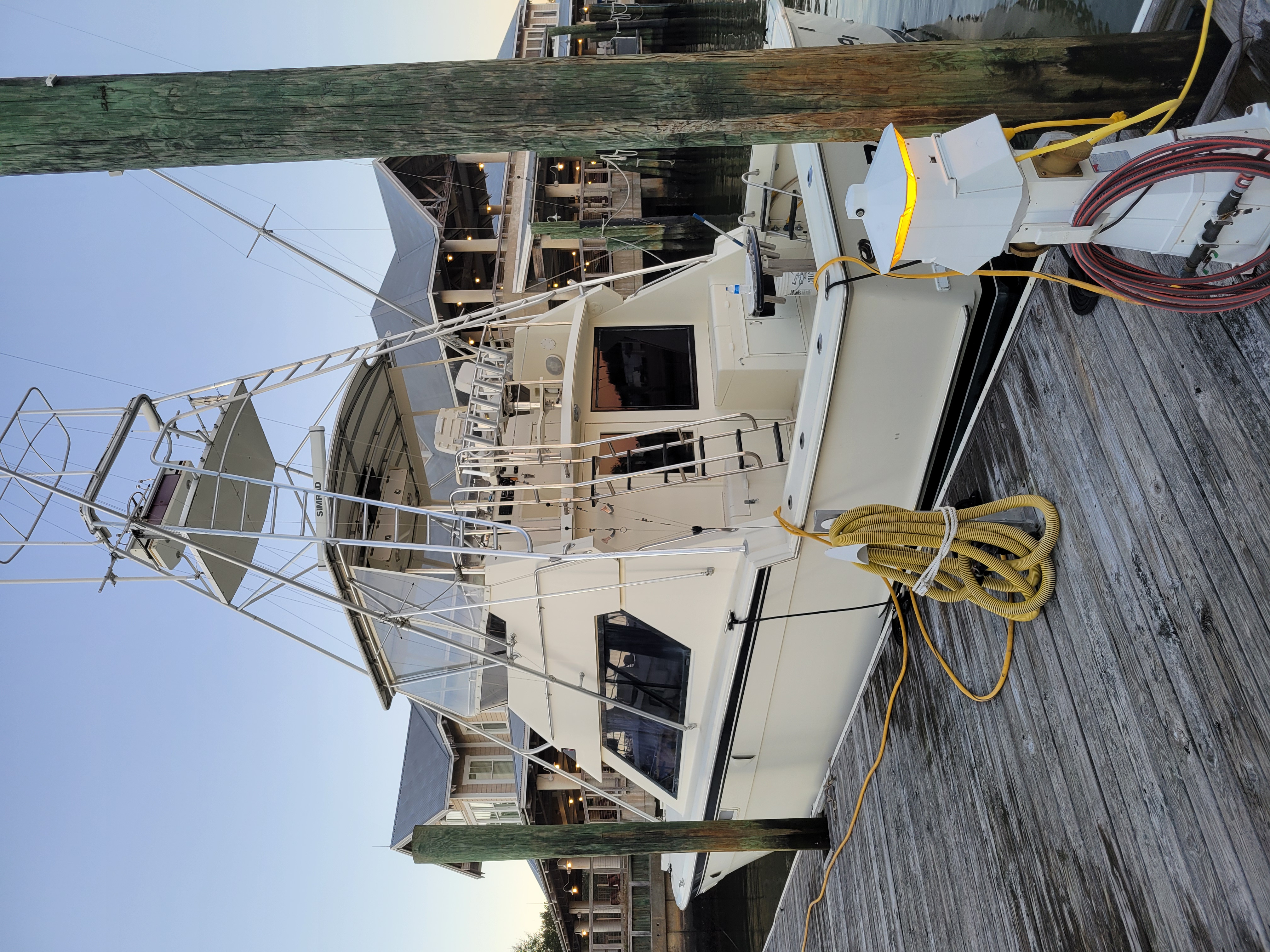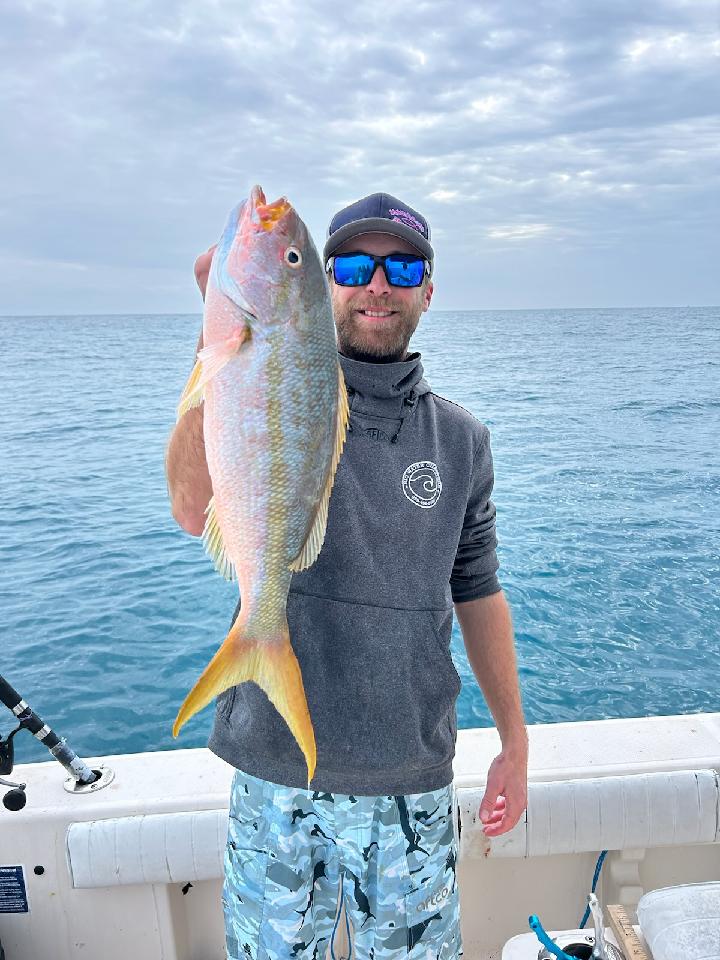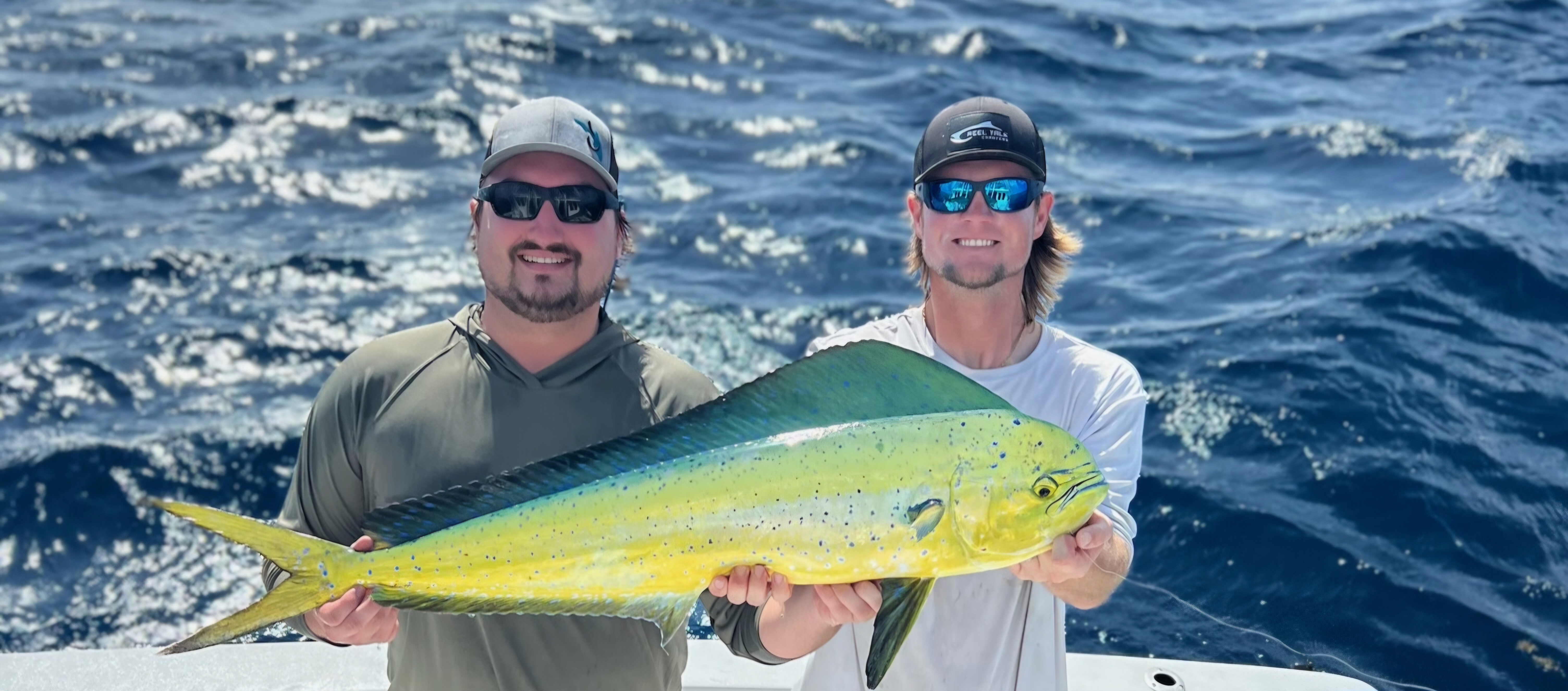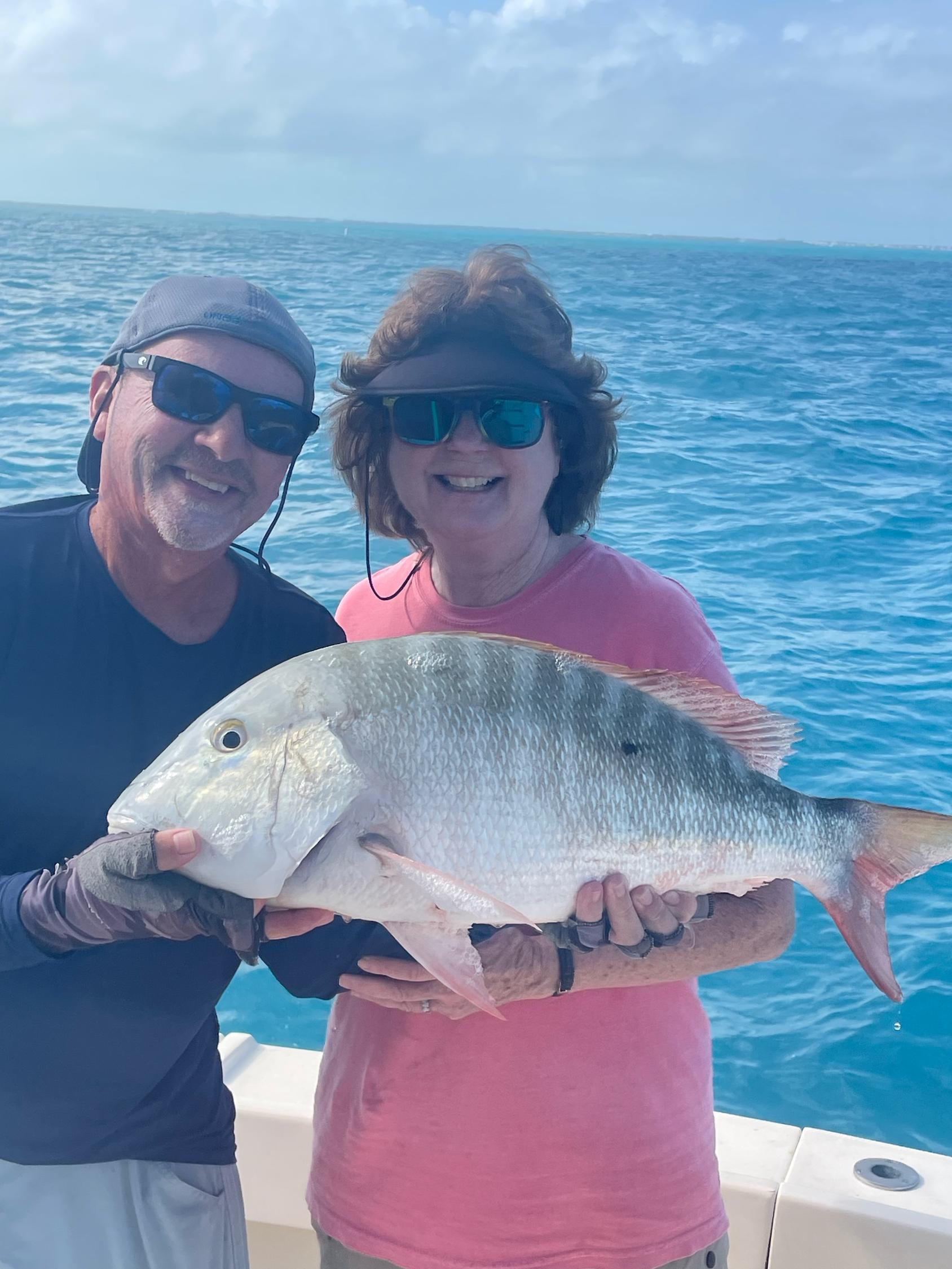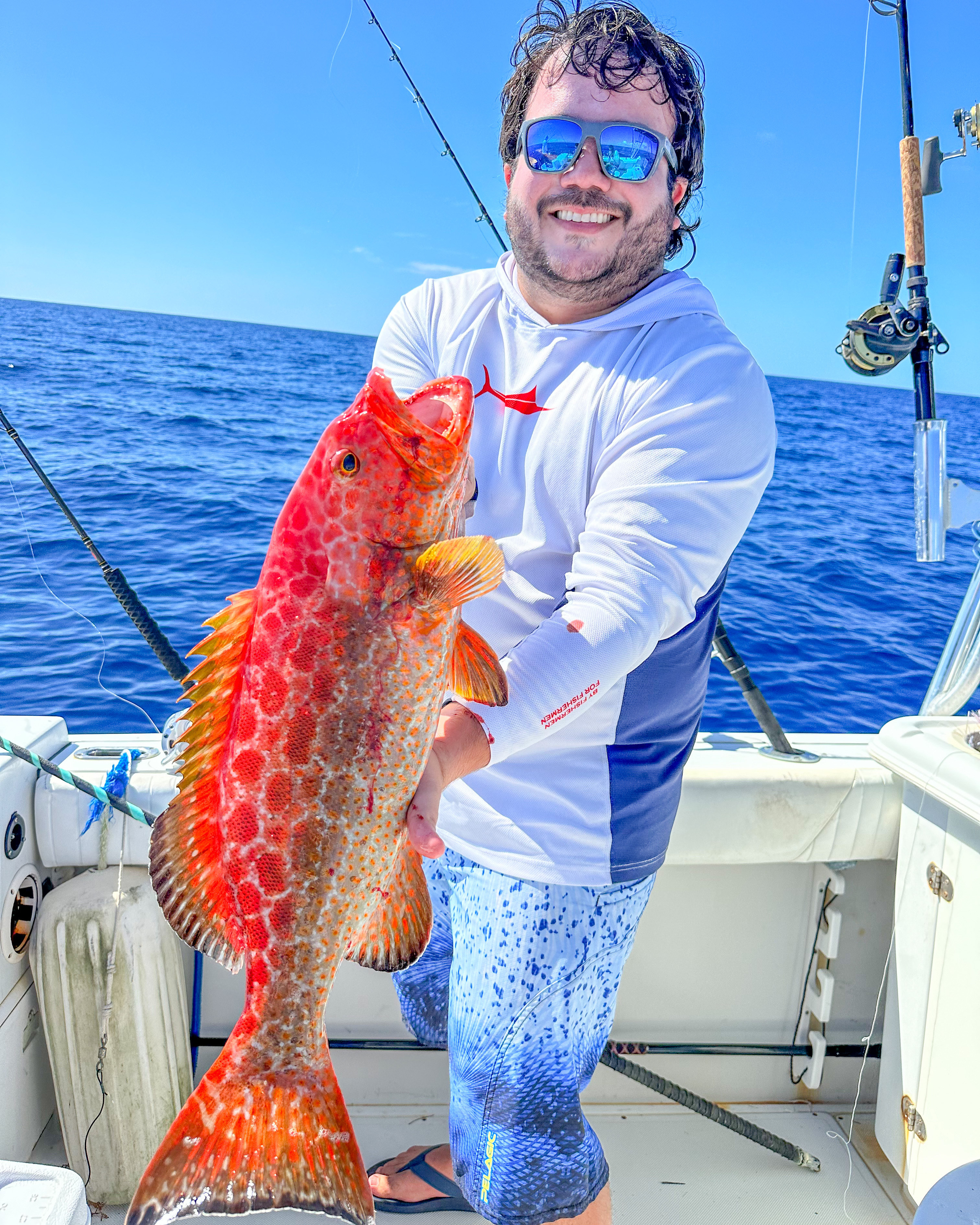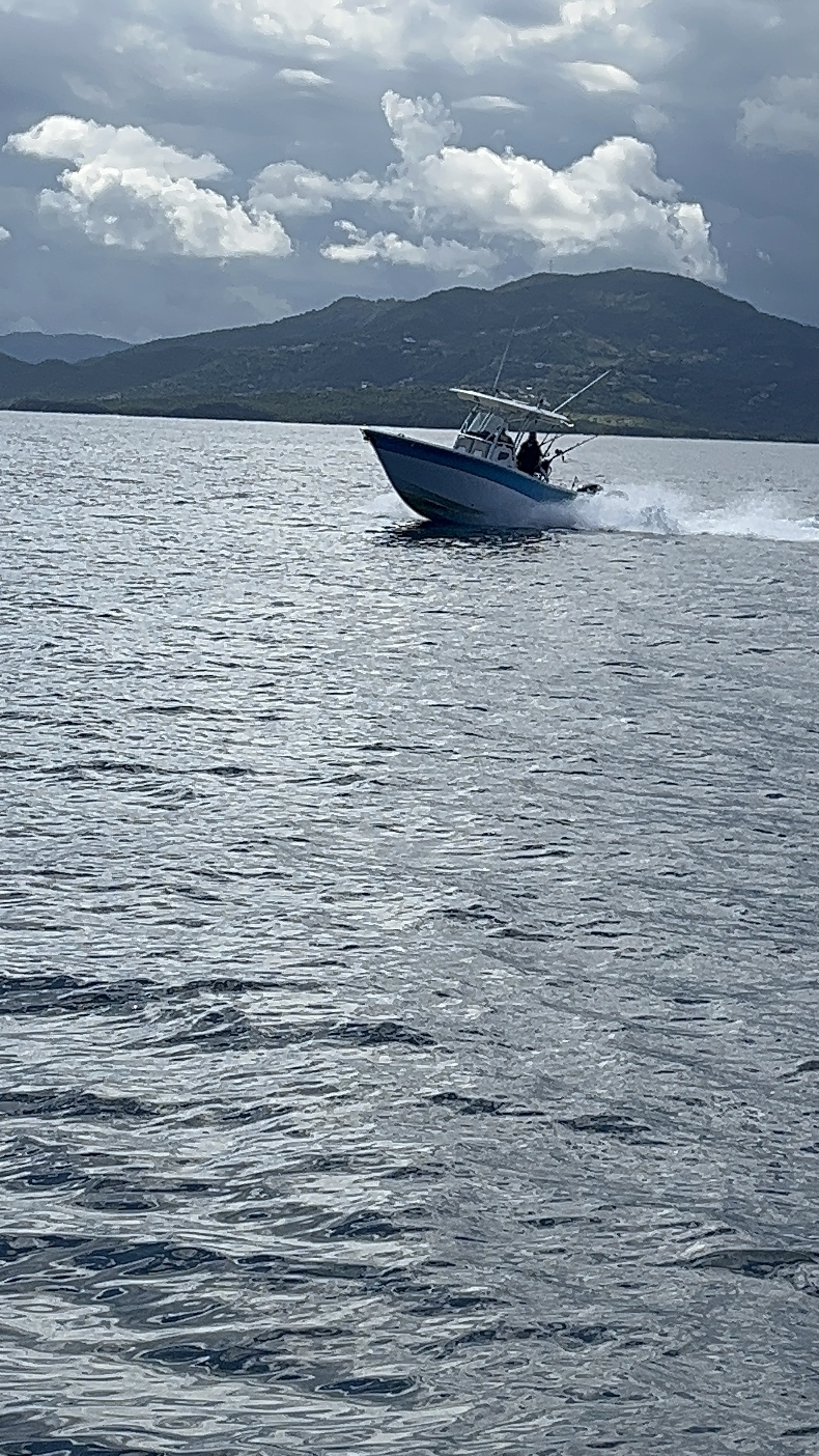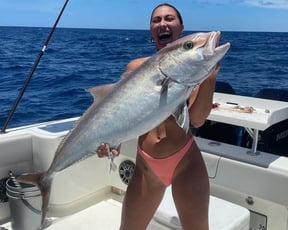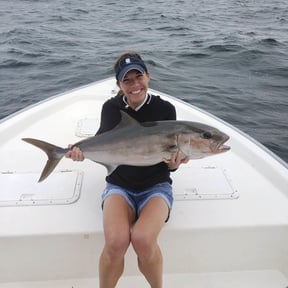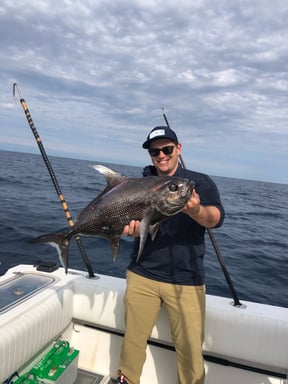Deep Sea, Nearshore Fishing in Key West
6-8 Hour Trip – Reef & Offshore
Deep Sea, Nearshore Fishing in Key West
12 Hour Trip – Offshore
Spearfishing & Fishing
Fishing Trip
Deep Sea Fishing in Corral del Risco
5-8 Hour Offshore Trip
4-8 Hour Offshore Fishing
Deep Sea Fishing in Islamorada
Half Day Deep Sea
Deep Sea Fishing in Islamorada
3/4 Day Deep Sea
Deep Sea Fishing in Islamorada
Full Day Deep Sea
Nearshore Fishing in Palmas del Mar
4 Hour Trip AM Or PM
We started Captain Experiences to make it easy to book fishing and hunting guides around the world. With over 2,000 Damn Good Guides, our platform makes finding and booking a trip seamless. Head here to check out our trips.
Amberjack are a popular sport fish that can be found in the Gulf of Mexico. They are a good size - averaging about 40 pounds - and put up a good fight when hooked. Amberjack can be caught using various techniques, depending on where they are located in the gulf. In this post, we will discuss what amberjack look like, what they eat, how to catch them, and the best bait to use. Let's get started!
All About Amberjack
Amberjack are a type of jackfish that can be found in the Gulf of Mexico. They get their name from their amber-colored body, which is why they are also sometimes referred to as "amberjacks." Amberjack can grow to be quite large - some have been caught that weigh over 100 pounds! However, the average amberjack weighs between 30 and 50 pounds.
Amberjack are opportunistic feeders, which means that they will eat just about anything they can find. Their diet consists mostly of smaller fish, squid, and crustaceans. When bait fishing for amberjack, it is best to use live bait such as shrimp or small crabs. You can also use cut bait, but it is not as effective.
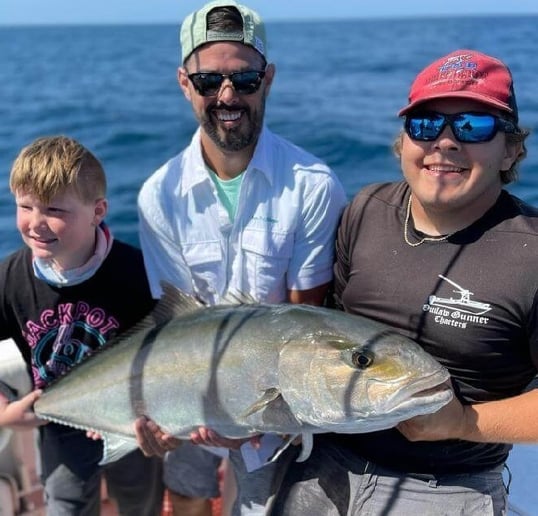
How to Catch Amberjack
When amberjack fishing, it is important to know where to find them. Amberjack are typically found around structures such as reefs, shipwrecks, and oil rigs. They are bottom dwelling fish so you'll want to fish near the bottom of these structures, at least 60 feet deep. Amberjack can be caught using a variety of methods, but the most common is bottom fishing. This involves dropping your line to the bottom of the gulf and waiting for an amberjack to bite. Another method is trolling, which is when you drag your bait behind a moving boat. This is often done with live bait such as squid or small fish.
Amberjack are known for their powerful runs and will test your equipment and skills. They are large fish and require heavy duty tackle that can handle their size and strength. If you don't have the proper tackle, you run the risk of losing your fish or even breaking your equipment.
When it comes to choosing the right bait, there are a few things you need to consider. First, you need to decide whether you want to use live or cut bait. Cut bait is easier to prepare but not as effective as live bait. Second, you need to choose a bait that is the right size for the amberjack you are targeting. Smaller amberjack will go for smaller bait, while larger amberjack will go for larger bait. Many anglers enjoy using squid, crabs, or small fish.
Lastly, it is important to know that there are size limits in many states for catching amberjack. Check the regulations in your home waters before setting out, and always make sure to have your fishing license on hand. Amberjack are big and beautiful, as well as super fun to catch. Practice safe fishing and you’re sure to have a blast! Check out these awesome guides to book an Amerjack adventure!
Milo Kashey
Updated on July 31, 2023

March 8, 2022

July 31, 2024

January 19, 2021

May 13, 2024

October 26, 2020
Related Articles
December 20, 2021
August 2, 2023
Featured Locations
- Fishing Charters Near Me
- Austin Fishing Guides
- Biloxi Fishing Charters
- Bradenton Fishing Charters
- Cabo San Lucas Fishing Charters
- Cancun Fishing Charters
- Cape Coral Fishing Charters
- Charleston Fishing Charters
- Clearwater Fishing Charters
- Corpus Christi Fishing Charters
- Crystal River Fishing Charters
- Dauphin Island Fishing Charters
- Daytona Beach Fishing Charters
- Destin Fishing Charters
- Fort Lauderdale Fishing Charters
- Fort Myers Fishing Charters
- Fort Walton Beach Fishing Charters
- Galveston Fishing Charters
- Gulf Shores Fishing Charters
- Hatteras Fishing Charters
- Hilton Head Fishing Charters
- Islamorada Fishing Charters
- Jacksonville Fishing Charters
- Jupiter Fishing Charters
- Key Largo Fishing Charters
- Key West Fishing Charters
- Kona Fishing Charters
- Lakeside Marblehead Fishing Charters
- Marathon Fishing Charters
- Marco Island Fishing Charters
- Miami Fishing Charters
- Montauk Fishing Charters
- Morehead City Fishing Charters
- Naples Fishing Charters
- New Orleans Fishing Charters
- New Smyrna Beach Fishing Charters
- Ocean City Fishing Charters
- Orange Beach Fishing Charters
- Panama City Beach Fishing Charters
- Pensacola Fishing Charters
- Pompano Beach Fishing Charters
- Port Aransas Fishing Charters
- Port Orange Fishing Charters
- Rockport Fishing Charters
- San Diego Fishing Charters
- San Juan Fishing Charters
- Sarasota Fishing Charters
- South Padre Island Fishing Charters
- St. Augustine Fishing Charters
- St. Petersburg Fishing Charters
- Tampa Fishing Charters
- Tarpon Springs Fishing Charters
- Venice Fishing Charters
- Virginia Beach Fishing Charters
- West Palm Beach Fishing Charters
- Wilmington Fishing Charters
- Wrightsville Beach Fishing Charters

